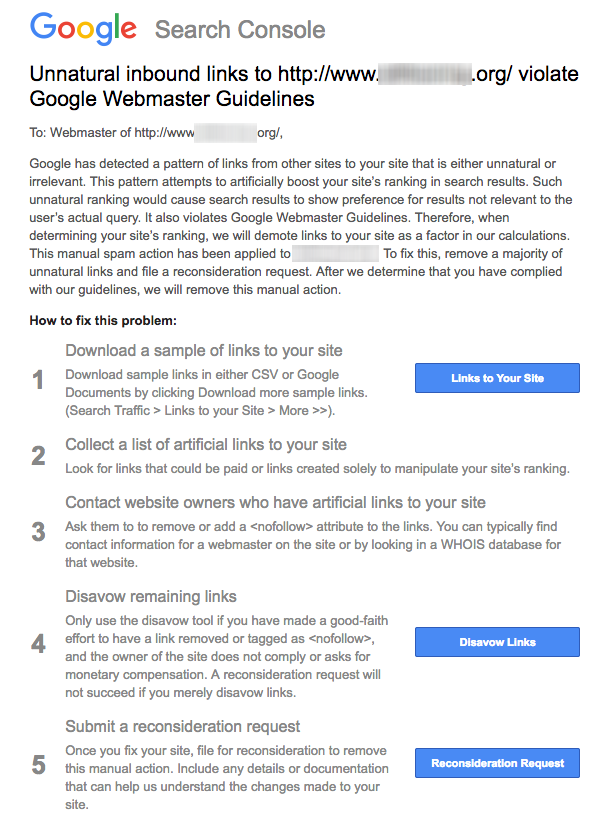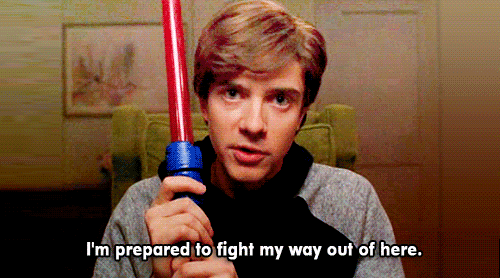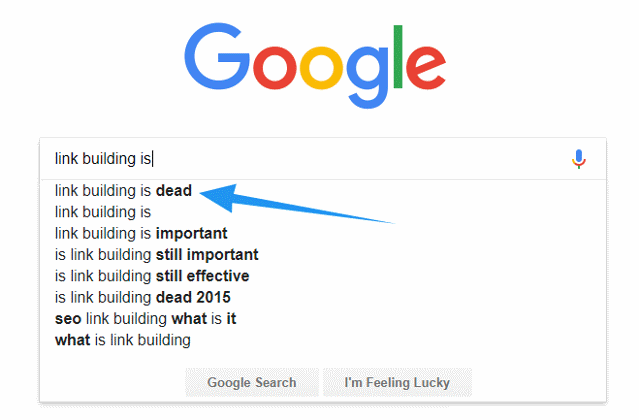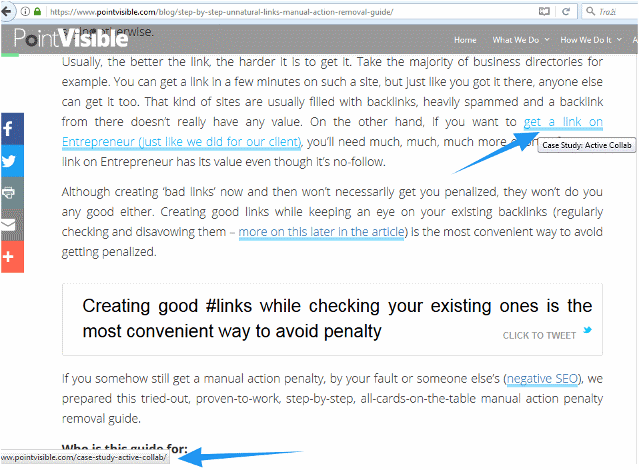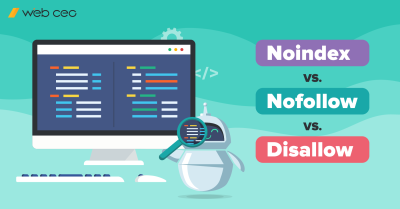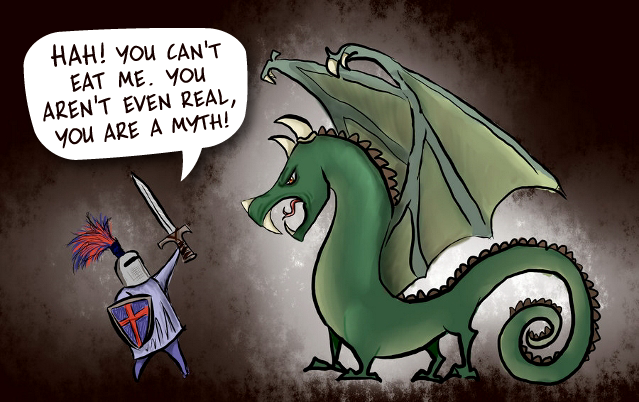
Managing a website requires a lot of knowledge and hard work. You’ll realize it was all worth the trouble once you get recognized as an expert in your field, when you get better rankings or when the number of visitors to your site rapidly increases.
One way to get to those results is to conduct what is commonly known as search engine optimization (SEO). With SEO, you try to rank on search engines for specific keywords. There are few strategies for achieving this and this time we are going to take a look at one of them – link building.
Link building is, as you can assume, creating a bunch of links all over the Internet that will lead back to your site. OK, maybe not from all over the Internet, unless you’re fine with this:
If you were ever unlucky enough to receive the above message, you surely understand all the confusion, doubtfulness and hard work that follows. Also, you’ve probably been in a few different phases. From ‘What did I do wrong’ and ‘How I’m going to get myself out of this’ to ‘I’m back on track’ and ‘I’ve learned so much from this’.
What you saw on the image above is Google’s manual action penalty. That isn’t the end for the affected site but recovery from a manual action can be complicated. It includes repairing the damage but also getting a site back on track.
In order to avoid manual action, there are two things you should do: create only good links and disavow any suspicious link (more about that later). Moreover, you can maintain a healthy backlink profile by using WebCEO’s Toxic Link Checker to identify and disavow harmful links.
Since no one knows for sure how Google’s algorithm actually works, it’s a solid base for different assumptions, speculations, and theories. Some of them are true but most of them aren’t. What’s the best way to differentiate them?
The most convenient way is to check Google’s Webmaster Guidelines. You’ll find most of your answers there.
For a link building newbie all the info can be confusing so we will at least let you know the 6 leading link building myths to watch out for. Be aware – some of them may even destroy your rankings beyond recovery. To get a broader understanding of effective SEO practices, explore WebCEO’s Online SEO Tools which provide a comprehensive suite of features to optimize your website.
1. Link building is dead
Although it’s the most popular myth and everyone is talking about how link building is definitely dead, it actually looks like no one is taking it too seriously. Where is all of this coming from? Probably from the fact that most of the old school ways of link building are dead. Forget about spamming and getting a link just to have one more. There are better ways to get links, such as using the WebCEO Competitor Backlink Spy tool to find the pages on the Internet that link to more than one of your competitors (and which could easily be convinced to link to you as well) or searching for blogs that often discuss matters related directly to your niche of an industry and becoming part of these bloggers’ communities.
2. The more the merrier
This myth is the opposite of the one about link building no longer having any alue. There are some that believe the more links you have, the better it will be for your site. There’s nothing wrong with this logic as long as the links are good.
An unwritten rule is that the harder it is to get a link, the better the link is. For example, you found a business directory which has a ‘Submit your link’ section. All you need to do is to sign up, enter a few details about your site and ‘POOF’ – one more link is here. This way, you can get 50 or even 100 links per day. Is it really worth it to carry on like this? Of course not.
A real website, one with real people behind it, one that you want your link on, will take it’s time to review your site, to see what you have to offer and, in the end, will decide if they will link to you or not. This process can take days, weeks or sometimes even months. But it doesn’t matter. It’s worth waiting.
There’s no such thing as too many links, but you’ll need to focus on their quality, not on their number.
3. Internal links are enough
Internal links are those that are linking to another page on the same domain.
Internal links have a huge role in on-site SEO but they are not enough for the final goal. Some of the benefits are better site navigation, a more pleasant user experience and spreading ranking power around pages on a domain.
In order to get referral traffic from other sites, you’ll need to build links somewhere else too, not just on your site.
4. Links are the most important ranking factor
Links are often considered the most important factor when it comes to ranking a site. They are important, but links by themselves won’t help a lot if you don’t focus on other things too.
Links can get you visitors but if you don’t have anything to offer them, you can expect a very high bounce rate.
Provide useful content that will not only give visitors what they want but will make them come again. This is what you really want – to have devoted visitors that will remember you and who will come back to your site looking for more.
SEMrush did a ranking factors study and they’ve come to the conclusion that backlinks (referring domains) are in fifth place.
5. Directories, forums & comments are good/bad
We’ve mentioned business directories earlier and how easy can it be to get links there. Don’t get the wrong impression, not all business directories are bad. They are, together with forums and blog comments, a popular link building option and their popularity probably lies behind the easiness to create backlinks on them.
You will, however, want to evaluate the domain authority and toxicity factors for particular directories. You can safely avoid directories that post more than 50 outgoing links per page and/or have a 0 domain authority.
6. Don’t fix it if it’s not broken
This myth is related to the disavowing of links. Disavowing a link means that Google won’t take the link into reconsideration when calculating a site’s rankings.
Where do suspicious links come from? Some site owners create them on purpose thinking that they’ll trick Google while others may suffer from a case of negative SEO. Negative SEO is a method of black hat backlinking and using other non-recommended SEO techniques as a nasty way of harming the rankings of a competitors website.
Either way, if a link looks bad, you should disavow it. Simple as that.
Some people believe that disavowing links is like telling Google, ‘Hey, I have bad links, look at my site!’. But Google created its disavow tool exactly for this circumstance, so don’t be afraid to use the service. On the contrary, Google will know you care about the quality of your backlinks and that might give you their respect later on. Doing the above on a regular basis will ensure having a clean backlink profile which is a sign that a site is being taken care of.
By disavowing links you don’t like (or are against Google’s Webmaster Guidelines), you will keep your backlink profile clean and prevent any potential penalties from hitting your site.
Conclusion
Imagine having a chain store. Your goal is to sell and you will need customers to sell to. Not just any kind of customers, you want the ones who are interested in buying at your place and the ones that will come back again. For that, you’ll need stores.
Where do you want to place them?
Probably in a nice neighborhood or in the most crowded street in a city.
There’s no way you’ll open it in the middle of nowhere or in a suspicious part of the town.
Don’t place your stores where you wouldn’t want your links and don’t place your links where you wouldn’t want your stores.
Please let us know about the weirdest link building myth you’ve heard. =)
